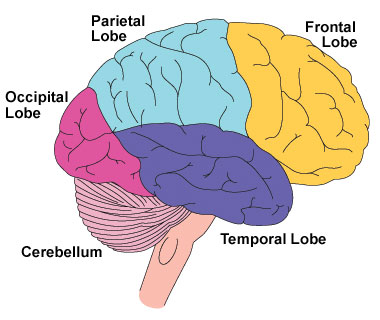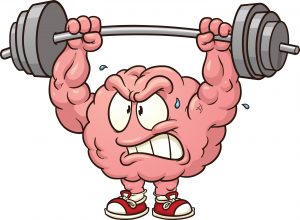What is EEG and Neurofeedback?
What is EEG?
Remember the last time you were being chased by the Loch Ness Monster in the middle of the city? And you suddenly jump out of bed and think to yourself, what was that all about?
As we dream, sleep, work or sense, our brain is constantly receiving information, in tiny bursts of electrical impulses. It then packages the data for storage, connects it with existing data and integrates it all into what you ‘experience’, which defines your reality.
Different parts of the brain store different bits of information, including the ability to write, read, remember, receive visual stimuli, for glands to secrete adrenaline and so on. The brain consists of hundreds of thousands of neurons (cells) that are densely interconnected. When information is transferred in between neurons, it generates subtle electrical potentials. When groups of these neurons transfer information together in a synchronized manner, they generate an electrical field, which is strong enough to spread through tissue, bone, and skull. Eventually, it can be measured on the head surface.
EEG (electroencephalography) is a physiological method to record and read the electrical activity generated by the brain. Electrodes are placed on the scalp that measure the electrical activity generated by the thousands of synchronized neurons. The units are recorded in voltage.
As mentioned earlier, different parts of the brain are responsible for processing different information:
1. Occipital cortex
This part of the brain is primarily responsible for processing visual information.
2. Parietal cortex
Parietal cortex is primarily responsible for fusing various bodily reference frames (points relative to the body for coordination) and self-referential tasks (when we come across some object or identify something that is important to us).
3. Temporal cortex
Temporal cortex has lateral aspects, which are responsible for language processing and speech production. The hippocampus is where we form autobiographical memories from early childhood days.

4. Frontal cortex
The frontal part of the human brain is larger than other mammals. Basically, frontal cortex is all about cognitive control and binds various memories and experiences into a consistent conglomerate.
Furthermore, the electrical activity can be represented in the frequency domain and broken down into specific frequencies. Each of these frequencies is characteristic of different traits:
- Delta (1 – 4 Hz) – delta waves are examined to assess the depth of sleep. The stronger the delta rhythm, the deeper the sleep.
- Theta (4 – 7 Hz) – theta is associated with a wide range of cognitive processing such as memory as well as complex thinking. Whenever we’re confronted with difficult tasks, theta waves become more prominent.
- Alpha (7 – 12 Hz) –Alpha waves bridge the gap between our conscious thinking and subconscious mind. Whenever we close our eyes and bring ourselves into a relaxed, wakeful state, alpha waves take over.
- Beta (12 – 30 Hz)- beta frequencies become stronger as we plan or execute movements of any body part, and logical thinking (when we are solving complex puzzles).
- Gamma (>30 Hz, typically 40 Hz) – These are involved in higher processing tasks as well as cognitive functioning. Gamma waves are important for learning, memory and information processing.
What is Neurofeedback?
Neurofeedback is EEG biofeedback.
So what is biofeedback? Biofeedback is the general category, similar to referring to the general term of foods such as “fruit.” Simply put, biofeedback is a method of gaining information by monitoring skin temperature, blood pressure, heart rate, brain waves and other body conditions to help control normally involuntary bodily processes normally involuntary bodily processes.
 Biofeedback for EEG signals (brain waves) is called neurofeedback.
Biofeedback for EEG signals (brain waves) is called neurofeedback.
Neurofeedback therapy acts as a reward system for the brain to restore brainwave patterns to an optimal range of functioning. It is a non-invasive treatment that works toward improving mental health problems. Neurofeedback differs from medicine in that it treats the issue at its core, whereas medication can only alleviate symptoms for as long as they are in your system by masking the initial problem.
There are various methodologies for providing feedback to and for your brainwaves. The same equipment, with electrodes placed on the scalp, is used to collect information and which is then used to create a feedback loop. This may be done through playing a game, solving a puzzle or watching a video.
